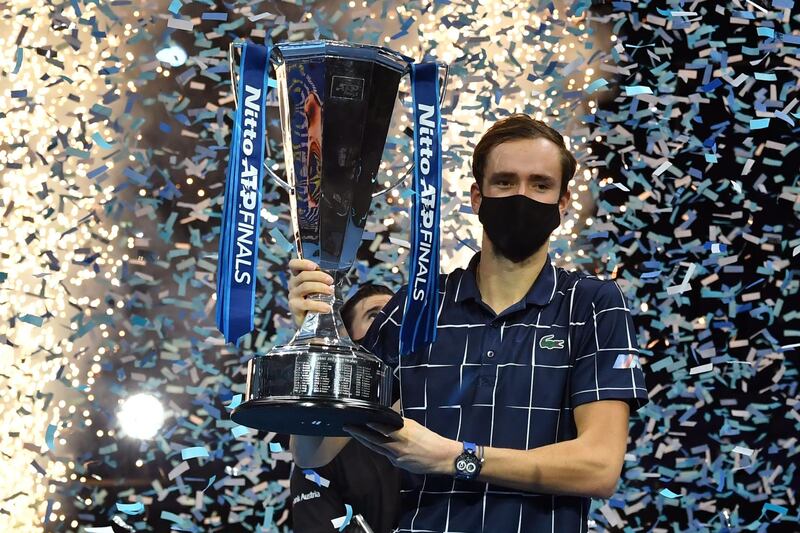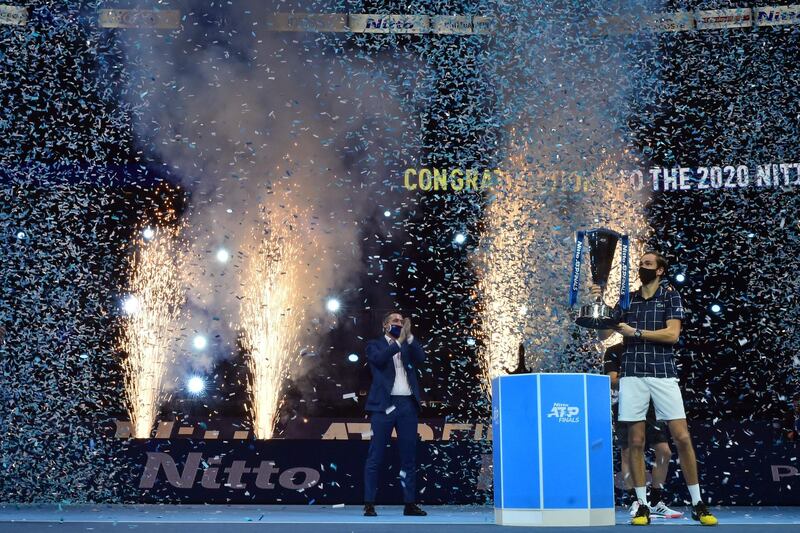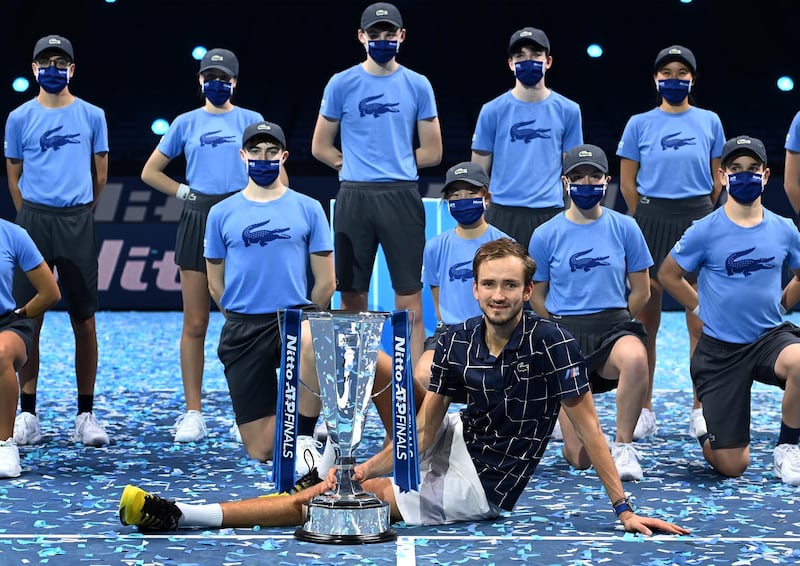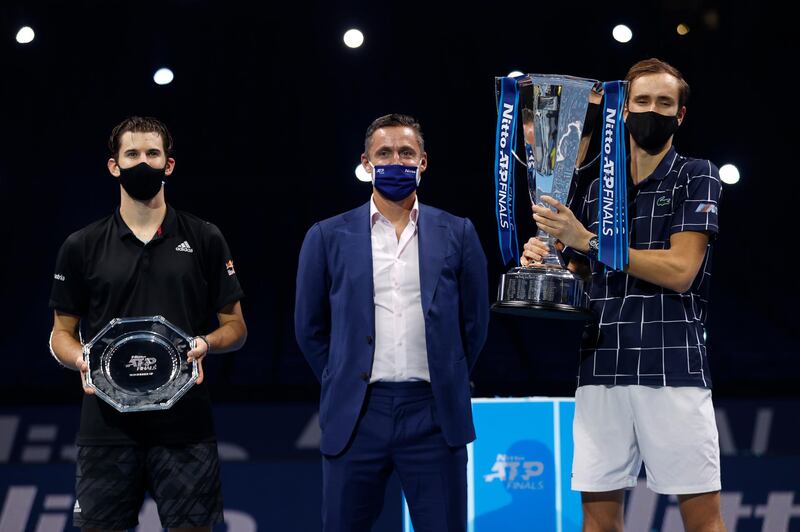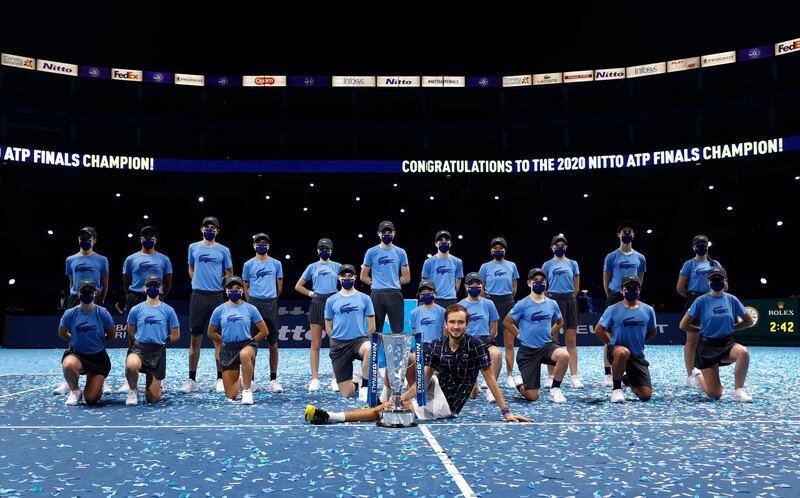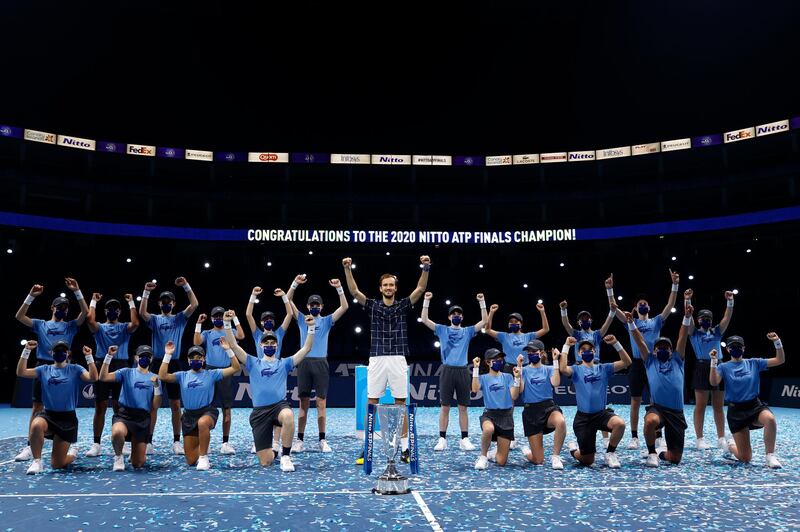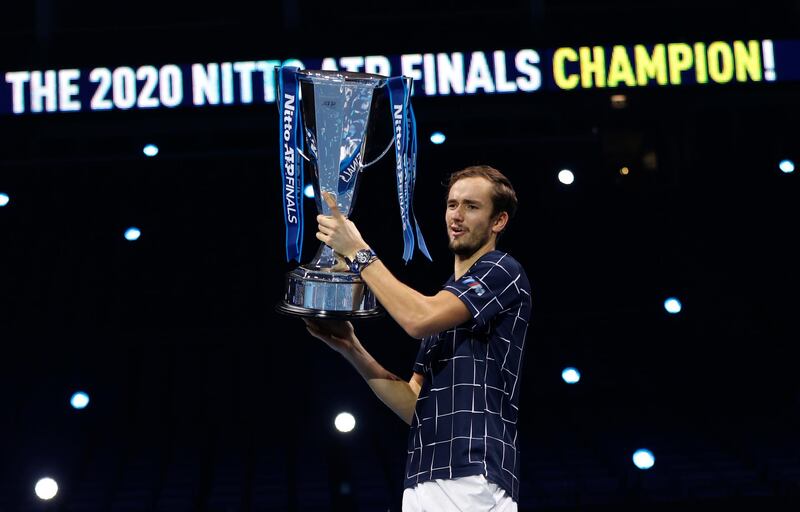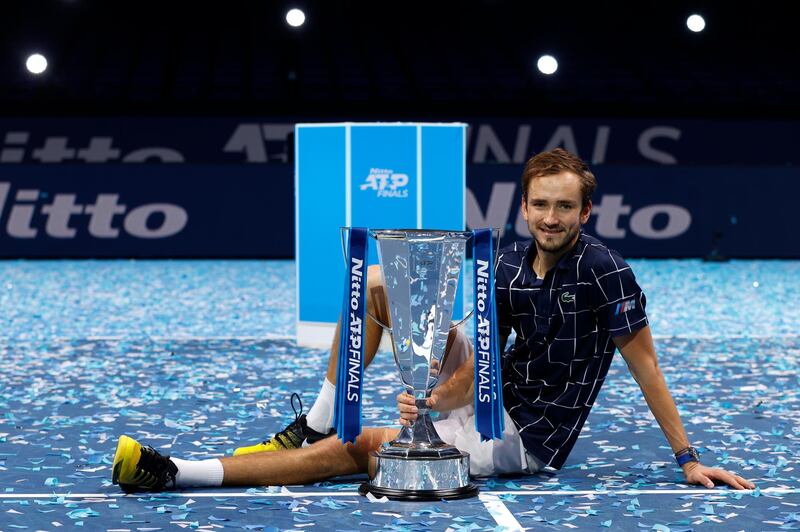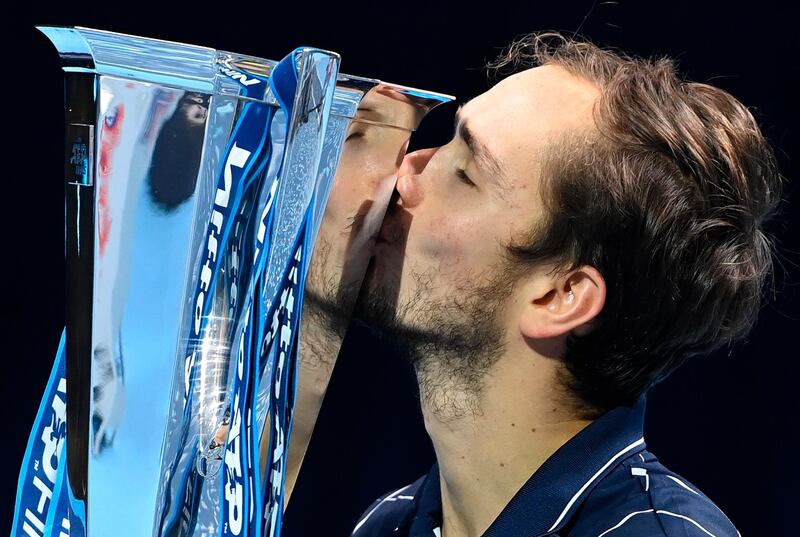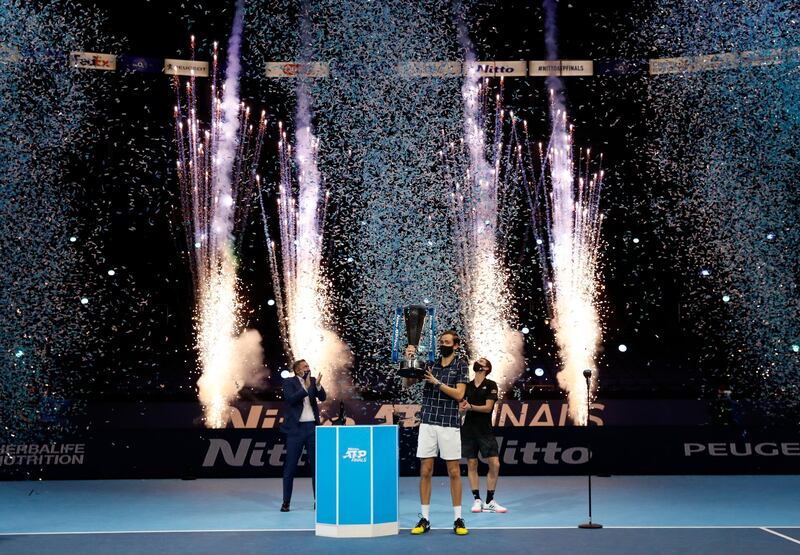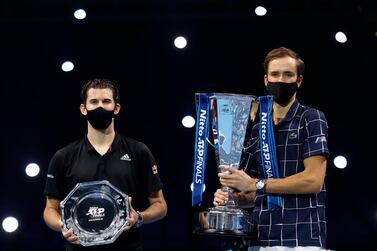A disrupted season of men's tennis came to a close earlier this week with Daniil Medvedev taking down Dominic Thiem to clinch the ATP Finals trophy in London.
A five and a half month hiatus, brought on by the pandemic from March to August, sent tennis into a tailspin and when the season resumed, players were competing in front of empty stands, travelling from one bubble to another, and suddenly competing on clay in September instead of May.
Journalists were talking to players via virtual press conferences, masks were donned at all times except while training or competing on court and the ranking system was adjusted so no one would drop points from the previous year.
Players of the ATP tour were able to compete in 16 tournaments following the hiatus, some of which were given a last-minute go-ahead, while others were rescheduled from an earlier slot in the calendar, or were relocated to a different city.
With the world still grappling with the coronavirus, further uncertainty lies ahead for 2021, but the players are hopeful they can compete steadily throughout the year, and tournaments are figuring out ways to stay afloat and operate in this “new normal”.
Here is a look at what’s looming ahead for men’s tennis next season…
Preseason planning will be tricky
With Tennis Australia still finalising their plans for the Aussie summer swing while trying to follow the government’s directives that include a mandatory two-week quarantine and restrictions on the arrival dates of the players and their teams, players have started their off-season without knowing exactly when they’ll be heading Down Under.
It’s also unclear which events will be staged before the opening grand slam of the season, and where they would fall in the calendar.
But that’s not the only difficult part of the equation at the moment. Given there are travel restrictions in many regions across the globe, not everyone is able to plan the perfect preseason training block. Some players live far from their coaches and need to figure out how they can reunite with their teams after taking their offseason breaks.
“I have three plans in place for the offseason. I have one that I'd really like to do, which would be good for my tennis and my mind, and then I have others that could be option two and option three,” explained Canadian world No 14 Milos Raonic.
“I've got to figure out which of those is possible, which is sort of a gamble. It's not about which of those is possible now but which of those is possible in whatever it is, four, five weeks to be able to get out of as well. So you have to play the odds and hope those go in your favour.”
Russian world No 20 Karen Khachanov, who typically does his preseason training in Dubai, has arrived to the emirate with his family but announced on Thursday that he has tested positive for Covid-19, along with his wife and son, and will have to isolate until he tests negative, which naturally delays the start of his preparations for 2021.
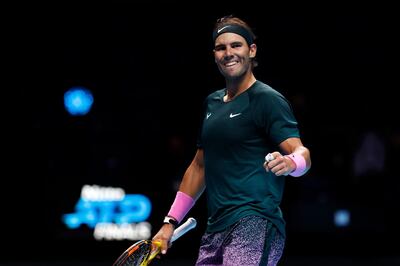
ATP calendar will likely be fluid
The tennis schedule is usually set in stone well in advance and players typically commit to tournaments several months ahead. There aren’t really huge changes made to the tennis calendar each year and those who travel the circuit always know where they are going to be at any given week during the season.
That familiar routine is going to be a luxury in 2021. The calendar for just the first quarter of the season is expected to be unveiled in the first week of December, less than a month before the season’s usual start date.
Rumour has it the Australian Open will begin in February instead of its usual slot in the third week of January, which would affect the European indoor season, the South American golden swing and potentially the Dubai Duty Free Tennis Championships.
The Madrid Open just announced it will become a two-week event next year, and we can expect many more changes to be revealed in the coming weeks and months.
The calendar will be fluid at best and players will have to adapt to it as the season moves along.
World No 2 Rafael Nadal set a great example for the players when he spoke of the uncertainty surrounding the Aussie summer swing and what lies ahead.
“We need to wait about what the government there in Victoria says. We are nobody to say what they feel is better for their country, no?” said the Spaniard.
“We just need to be patient and accept the situation that we are facing. That is difficult for everyone.
“We need to be flexible to understand the situation and to find a way to play as many tournaments as possible next year.”
Extra attention to mental health
Although they did it for just over three months, many players spoke about how tough it has been for them travelling from one bubble to another, staying confined to their hotel rooms when not on-site and competing behind closed doors without the ability to draw energy from the crowd when needed.
Gael Monfils said playing without spectators was a real struggle for him and his results were testament to that. Before the coronavirus stopped the season, the French world No 11 had picked up two titles and amassed a 16-3 win-loss record over the first two months of the year. He went 0-4 post-hiatus.
World No 6 Stefanos Tsitsipas described the bubble life as “very lonely” and “dark” and admits he found it difficult to handle.
“The bubble life itself gets tiring after a while. Think of yourself sitting in a hotel room waiting for your match all day long, not having the ability to go anywhere,” explained the 22-year-old Greek.
“It's difficult to be in your hotel, room service all day long. Not having the opportunity to see your friends.
“It feels very dark, and honestly, I'm not a person who sees the dark side of things. But this whole thing was very difficult to handle, to be honest with you.
“I'm very happy that I didn't break down. It was what it was, and I think it's still going to be a thing for a while. I will describe it as a different world and we are very lonely.”
Raonic said he will probably be more selective with schedule next season to avoid playing a full season in such restrictive conditions. The Canadian said that depending on when the ranking system will return to its previous format, he might opt out of competing in the smaller events on tour.
“Especially under the conditions of not being able to leave the hotel room, all these kind of things, me personally, it's just not something that's psychologically healthy for me or even just for the soul, and I have to have a little bit of freedom in that sense,” Raonic added.
Sports psychologists will have their work cut out for them next year if the bubble life continues on the tennis circuit.
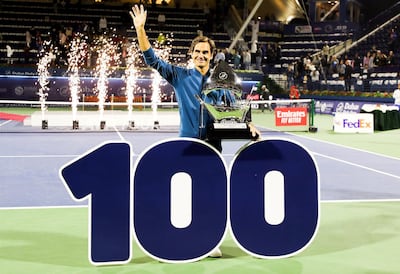
A whole new world for Federer
When a 39-year-old Roger Federer returns to the tour next season, he will have been out of action for almost a year, having not competed since his Australian Open semi-final defeat to Novak Djokovic on February 1.
The Swiss chose the perfect time to have knee surgery but when he gets back to competition, he will find a lot has changed since his last appearance. Federer has yet to experience the bubble life on tour and perhaps more significantly, he hasn’t played in front of empty stands in nearly two decades.
It’s unclear which events will allow fans on-site in 2021 but it’ll be interesting to see how Federer, who draws huge crowds everywhere he goes, will adjust to playing behind closed doors at some tournaments next year.
After his longest ever break from the sport, and nearing the age of 40, the fifth-ranked Federer could face his toughest challenge to date in 2021.
Battle of generations to heat up
With Nadal and Federer currently sharing the all-time men’s record of 20 grand slam victories, Novak Djokovic chasing them in second place with 17 and eyeing Federer’s mark of 310 weeks at No 1 (which the Serb will likely eclipse in the first quarter of the season), and Andy Murray firmly stating his intention to have a strong year, there is a lot on line for the game’s older generation of stars.
They all insist they are motivated to keep going and they certainly have the goals to fuel their hunger.
The younger crew of Medvedev, Thiem, Tsitsipas, Andrey Rublev, Alexander Zverev and the likes are just as hungry and will pose a serious challenge for their childhood heroes.
The battle of generations will take centre stage even more in 2021.
